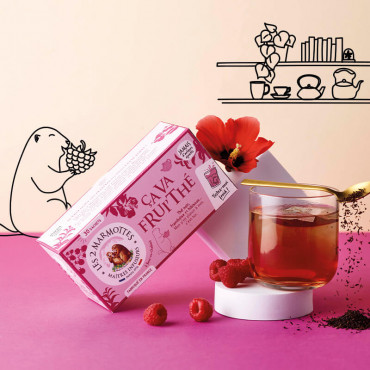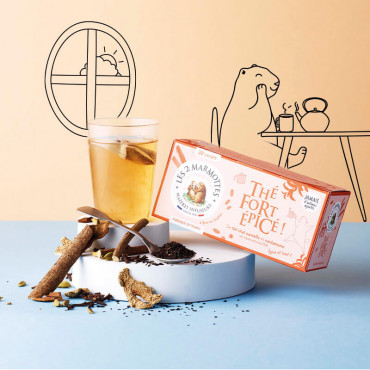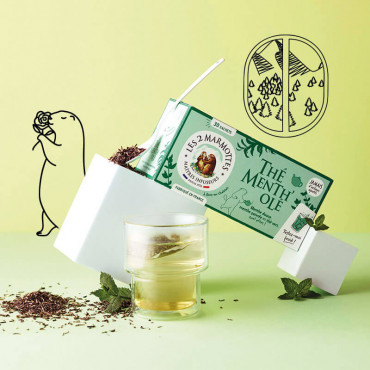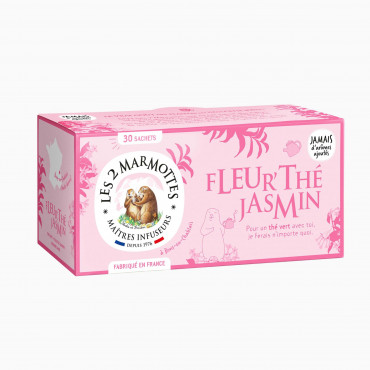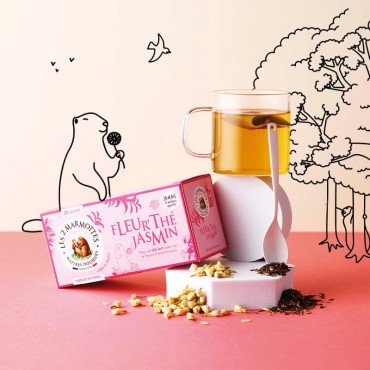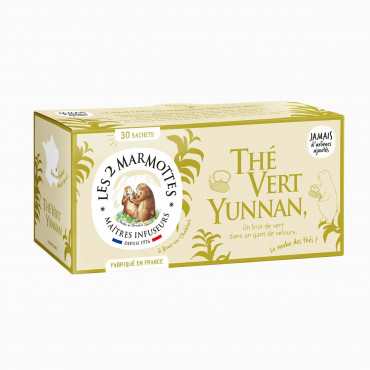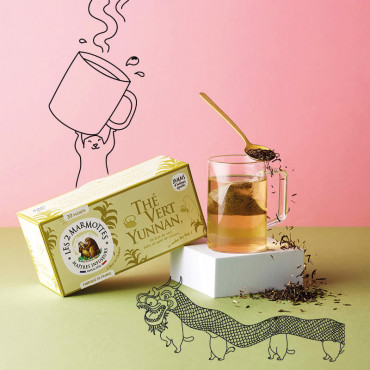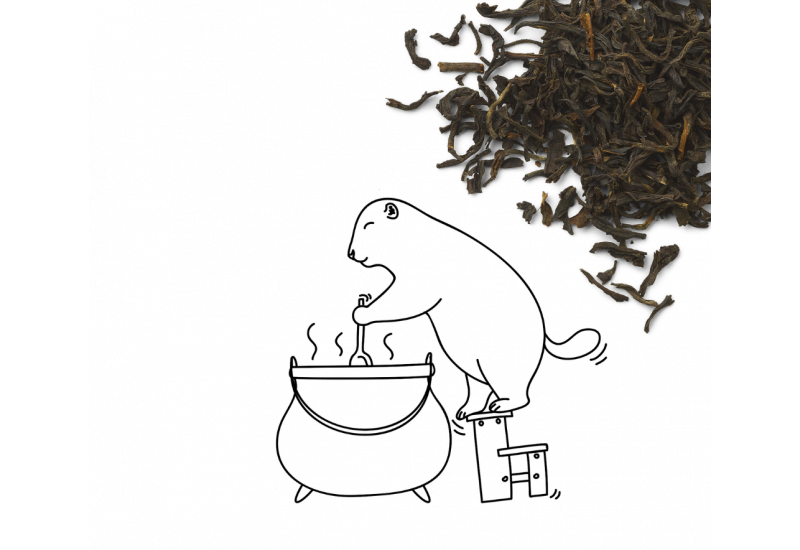
The great Tea Journey
Before infusing quietly in your cup, your favorite tea has grown, traveled, improved, oxidized ; it has been sorted, selected, dried, cut, sifted and sometimes roasted just for you .
We tell you everything…
Once upon a time, there was a sacred shrub, the tea plant.
From China to Kenya, passing through India, Sri Lanka and even Turkey, people began to cultivate it for its famous leaves.
Its culture resembles a forest made up of thousands of small bushy trees that do not exceed 1m50.
Pampered to encourage the growth of buds, tea plants are pruned to remain motivated shrubs! To become the king of this miniature forest, the tea plant also needs heat, humidity, altitude, light and deep, loose, gently sloping soil.
Silence it grows !
The tea tree is a school of patience.
To harvest the leaves, you have to wait for 4 years, during which the tea plant will be pampered.
After 5 years, we can finally harvest the young shoots by hand. Rolled up on themselves, these little tea leaves are undoubtedly far from imagining their fragrant destiny.
Then it’s time for what we call the withering of the tea leaves: spread out on racks, they will be able to begin to dry gently in the open air. Depending on the type of tea, this step will be more or less long: thus for so-called oxidized teas (black, red or oolong), the withering will be longer than for green teas.
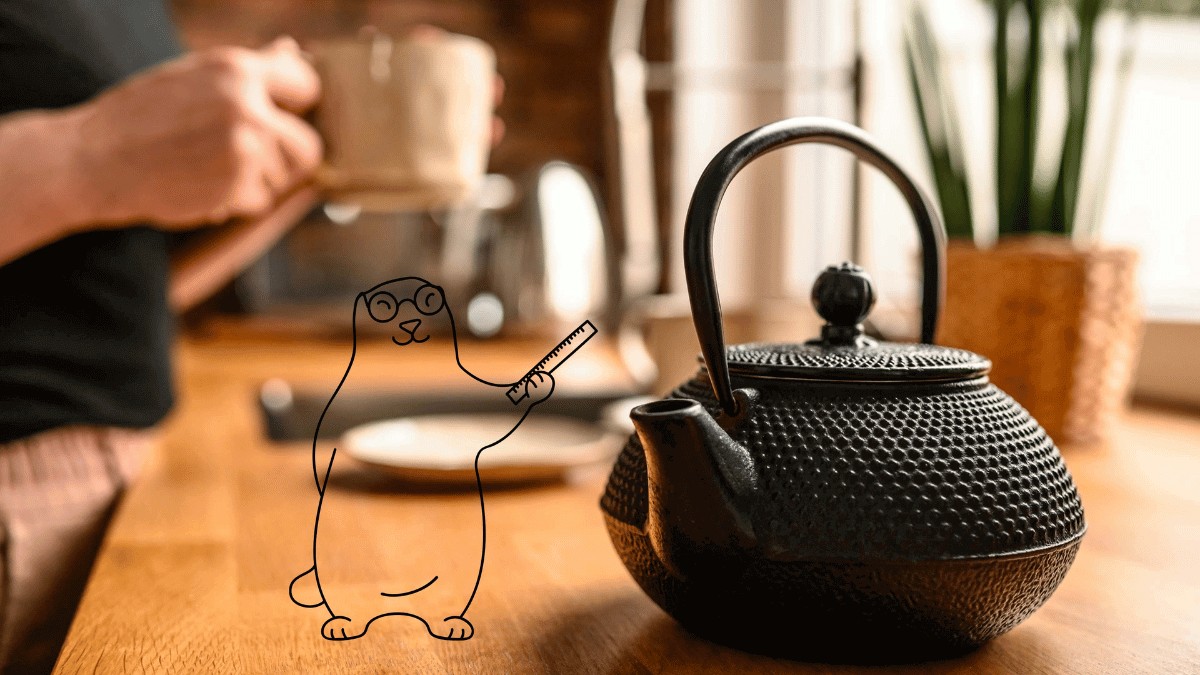
It’s great for tea!
Once dried, the tea leaves are rolled. Objective ? Wake up the tea to facilitate its oxidation. This contact with oxygen is a bit what makes black tea unique: without this key step, the tea will not reveal all the aromas that we know about it.
For green teas and white teas, we will skip this step to go directly to the drying box. To stop their oxidation at the appropriate time, the tea leaves are in fact dried: to be in peak form and aromas, they must retain only 2 or 3% water.
To achieve this, there are several methods: sunbathing, in lounging mode, or mechanical drying with a fan that diffuses hot air, in foehn storm mode!
Tea has been traveling since Antiquity
Consumed since the end of Antiquity on the Asian continent, tea has become accustomed to traveling.
In Europe, it arrived during the Renaissance on the tables of our English neighbors before conquering the United States and then Russia. As the whole world loves it, its culture is expanding, which today allows us to be spoiled for choice.
At Les 2 Marmottes, we select our organic tea leaves, directly from the plantations to be sure of having top-level tea.
Handpicked, checked several times, the black tea, green tea and rooibos leaves reach our workshop in Bons en Chablais.
But their journey does not end there! As true tea creators, our master infusers will come and add their grain of salt... Flowers, fruits, petals, plants: they will compose all the Les 2 Marmottes tea recipes in our workshop. Once in a bag and box, all they have to do is join your favorite mug!
from the burrow
Strong Spicy Tea
Mint Tea Olé
Flir'tea Jasmine
Wake Up Tea
Yunnan Green Tea
Back in Shape? Tea
from the burrow
-

Harvesting peppermint with Alain
Les 2 Marmottes, herbal tea made in France, in partnership with small producers Alain produces the peppermint that we use in recipes that need a fresh appeal! He shares his passion with our brewmasters. Herbal teas Made in France


